British Army soldiers are learning to use First Person View (FPV) drones for strike missions following intensive training at the Bramley ranges in Hampshire, the Army confirmed.
The three-week course, held between 7 and 25 July, introduced troops to One Way Attack (OWA) operations, where drones carrying small explosive charges are flown directly at targets. The training combined classroom lessons, simulator hours and live field exercises, with soldiers learning to integrate strike drones alongside reconnaissance systems while countering enemy drones and electronic warfare.
The programme was led by 2nd Battalion The Parachute Regiment’s Uncrewed Aircraft Systems Platoon, the first of its kind in the British Army. Colour Sergeant Danny Wade, who commanded the training, said: “We’re teaching soldiers from the ground up how to configure and fly FPV UAS and then how to fight with them, working as a team alongside reconnaissance drones to find and strike targets. It’s very different training and FPV flying is a hard skill to learn, but everyone has put the effort in and progressed well.”
FPV drones, widely used by Ukraine in its defence against Russia, offer low-cost precision. Equipped with virtual reality headsets, operators can manoeuvre the drones through narrow openings, striking armoured vehicles or fortified positions from unexpected angles.
Participants described the challenge of adapting to the new role. Kingsman Kaidyn Hilton, of 1st Battalion The Duke of Lancaster’s Regiment, said: “FPV drones are hard to fly, because you are fully in control of it, whereas a normal drone is basically on autopilot and you’re directing it where to go. There’s a dose of adrenaline, because you know you’ve got control of a weapon that can hit bigger targets more quickly than the infantry used to be able to do. This is where warfare is going, and it is interesting to be part of it.”
According to the Army, entry requirements for the course included 30 simulator hours, with soldiers logging an additional 100 hours during training. Accuracy, rather than speed, was emphasised to ensure maximum damage to specific points on a target.
2 PARA’s UAS Platoon, formed in late 2024, has been testing FPV drones in both friendly and opposing roles during exercises. CSgt Wade noted that the work was breaking new ground for the Army. “This is an entirely new class of weapon and, as yet, there’s no formal Army doctrine on OWA. It’s been a steep learning curve for us with a lot of trial and error. There’s so much to think about, from logistics to command and control, and how we co-ordinate UAS with artillery and air support.”
Reflecting on the rapid shift, he added: “When I joined up, drones were a niche capability somewhere in the artillery world, and I would never have thought that in my career I would be training infantry soldiers as pilots. At first, there wasn’t much enthusiasm for UAS, because the culture was that paratroopers are about kicking down doors and clearing trenches. But there’s been a real shift, because everyone can see what’s happening with UAS in Ukraine and that they are going to feature massively on future battlefields.”


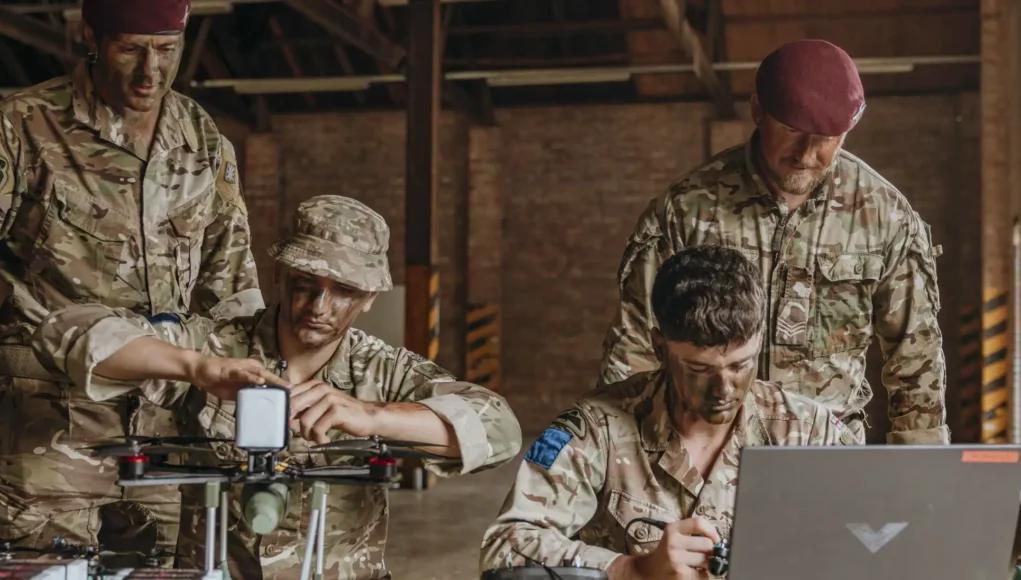

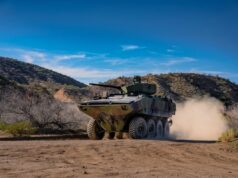




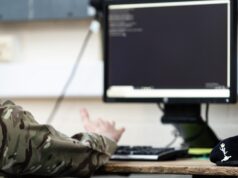
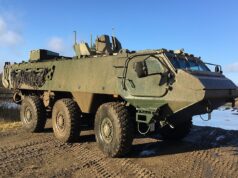
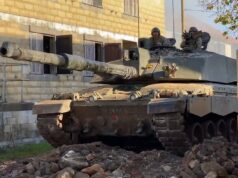
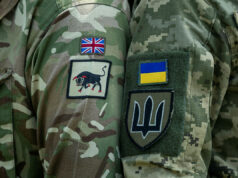

This is another fantastic development and shows the future of airborne warfare, no longer do fit hard bastards have to fall out of planes and bosh the enemy on the nose they can be Pilots and use their thumbs as lethal weapons.
Quick, sell those Atlas before anyone notices.
Sarcasm or actual discussion point?
Up to you mate !
I do tend to give both options as targets to aim at.
(hard hat on, expecting incoming !)
Not really incoming, just was going to point out that drone warfare operators, especially in light role units, need to be fit and need to be able to lug their kit at considerable speed on foot, since whenever they fire up their drones they’re emitting and making themselves targets.
(Apparently shift enter posts, you learn something new every day).
So yeah, maybe not bosh the enemy on the nose, but still jump out of a plane with a drone strapped to your back, and be hard and fit living it rough and constantly playing hide and seek with enemy fires and drone teams (plus if you are close support for a platoon you’ll probably still need to be able to bosh people on the nose).
Anyway, yeah, hope the hard hat wasn’t needed.
Phew !
I read your Constelation Frigate comment a few days ago and just knew you had a fun sde 😁
I reckon Paras and Drones would be a mighty combination to be fair.
Personally I’m crap at drone flying and too old to bosh anyone on the nose but I’m hard as nails on a keyboard. 💪👀😂🏃♂️➡️
I guess I do, I just don’t like engaging in it on UKDJ, it’s not what I post here for. I save it for targets of opportunity that can’t be let go.
I agree totally.
They should organise an Army FPV raching league and pitch platoons against each other on those courses you see pro racers using, get the foundation skills baked in in a competitive gamified environment – could even expand it eventually to RAF vs Army vs Navy like the rugger etc. Then specific field training could focus far more on the tactical requirements of delivering munitions in contested environments. Seems like a platform that could do well to learn from civillian market first, unlike most military kit.
It already exists. But that’s not how Army sports leagues work.
Yes and for strikes, I would use a conveyor and a striker as pilote with rapide handover. This way, the most skilled pilotes could have more ammo if a strike is missed
Seen a good FPV “Race track” at Longmoor too.
A couple of thousand have been delivered for use in Op Cabrit apparently.
The Army also now have Modini 250 Dart one way attack Drones. Useful looking bit of kit.
I wonder if it’s similar to the urban obstacle course I had to run many years ago.
Hi Daniele,
Just looked that up and there was no mention of a warhead so I am guessing it uses a combination of EW & kinetic energy to kill off a target..?
Does look like a very useful piece of kit with plenty of potential roles and it is British..! What on earth is happening 🙂
It will be interesting to see if they achieve export orders to allies.
Cheers CR
Hi mate.
Yes, we bought many hundreds I believe. Bit longer ranged too than a simple FPV, but thought I’d mention it.
It was listed in an article on X concerning the future Army ORBAT, and amongst some thousands of FPV now available for the EFP in Estonia.
Hundreds..! Blimey what is the world coming to. Lets hope they keep ordering a few every year to keep the production lines open, but on the face of it good news.
Recent events in Beijing suggest that the West is playing catch up not just on the military capability front but on the political front as well. Modi in Beijing was not a good development but hardly surprising given Trump’s tariffs on India and the general confusion coming out of the US at the moment.
So given that these things seemed to have turned up in the ORBAT in numbers and in relatively short order is a step in the right direction. It would be nice to see this type of decision making spread to other area in defence procurement. However, I found it interesting that the CSgt in the article said there wasn’t much enthusiasm for UAS in the infantry to start with. Seems that has changed… It just goes to show how hard it can be to get new ideas into the military which has established doctrine, training and traditions, as this change seems to have come about because of the War in Ukraine. Where is today’s General Hobart when you ’em?
Cheers CR
It may well be. I recall it runs down that “street” past the old services accom houses, round by the Lynx, over to the rail track.
Does it go through the sewers?
I didn’t see them fly through any culverts or sewers. Some flying at that speed if they did.
Different course then.